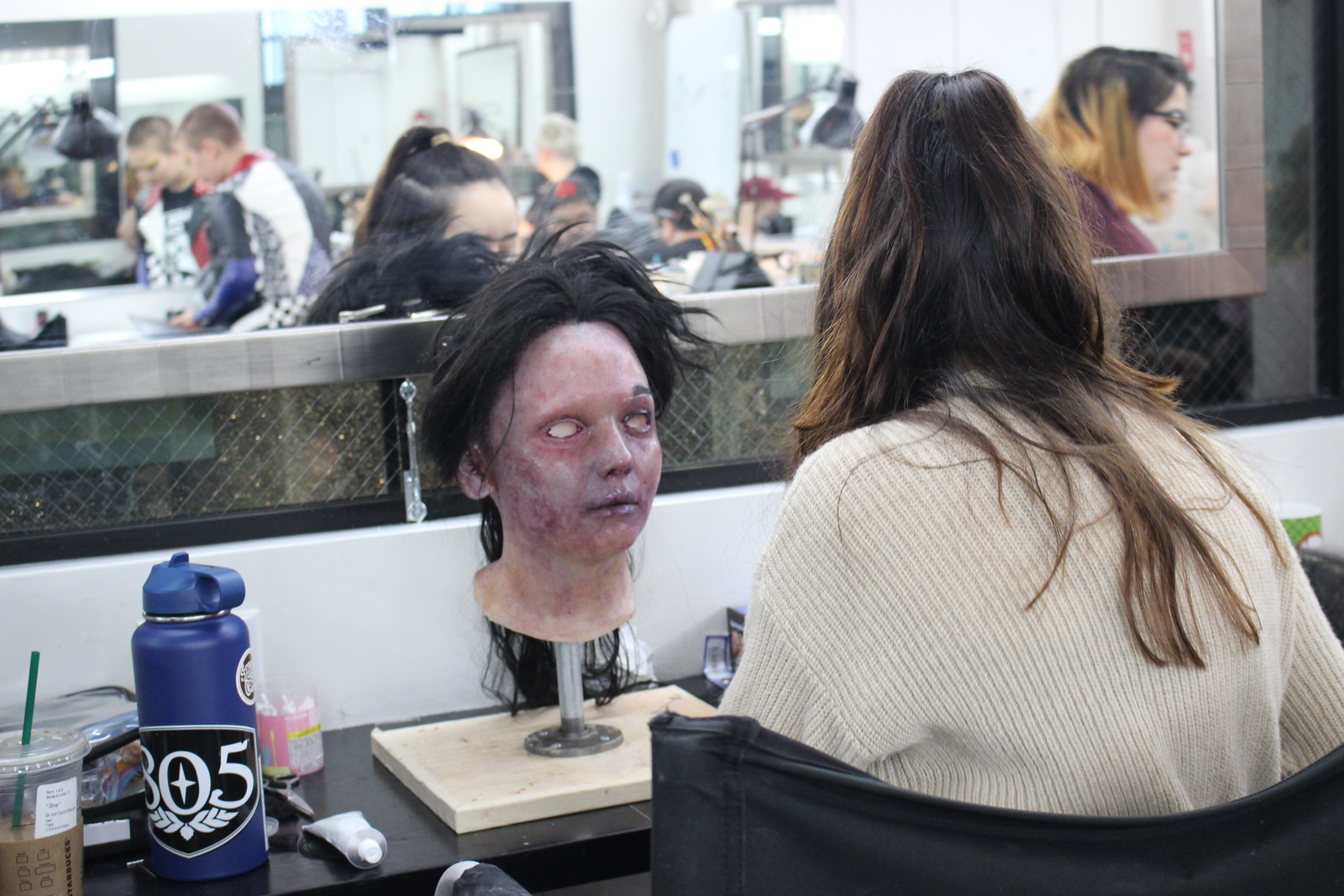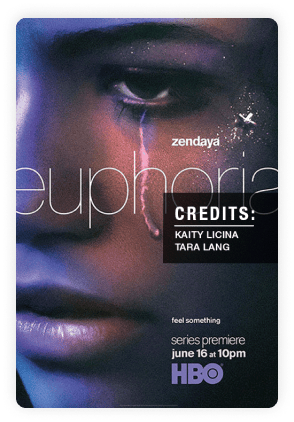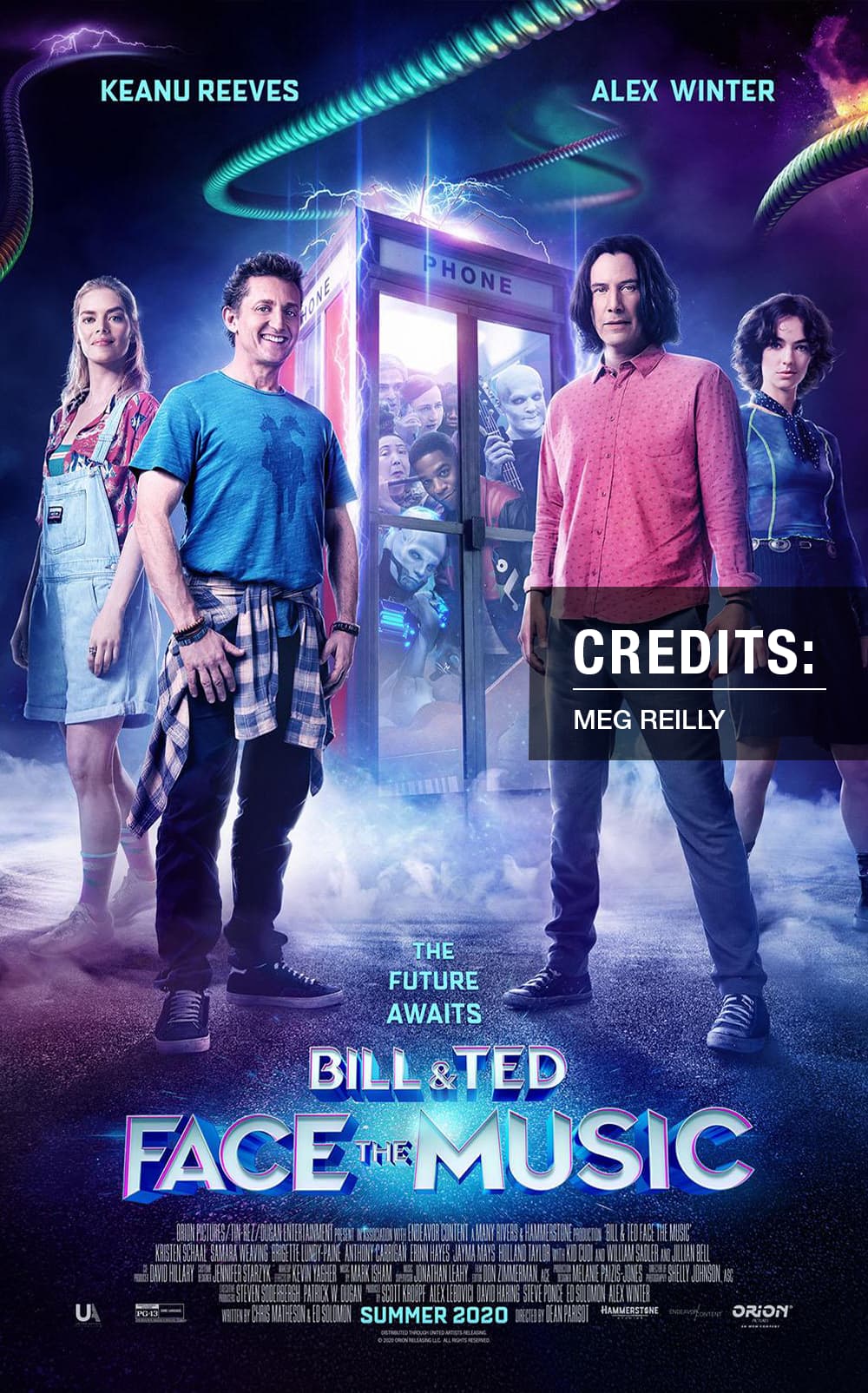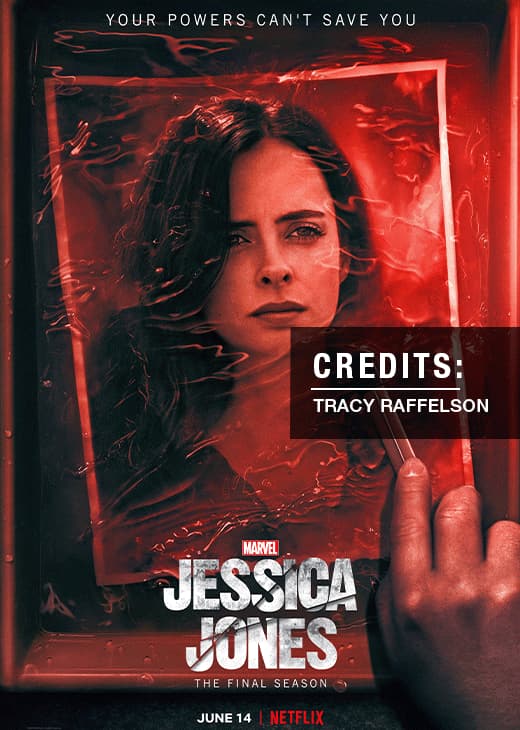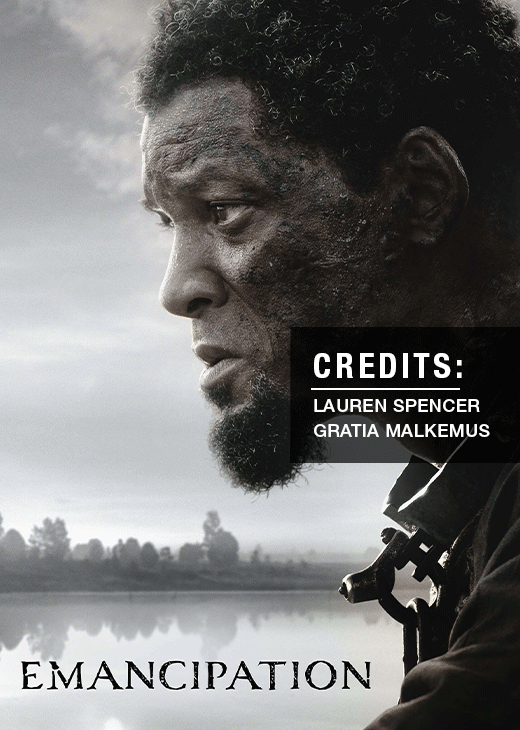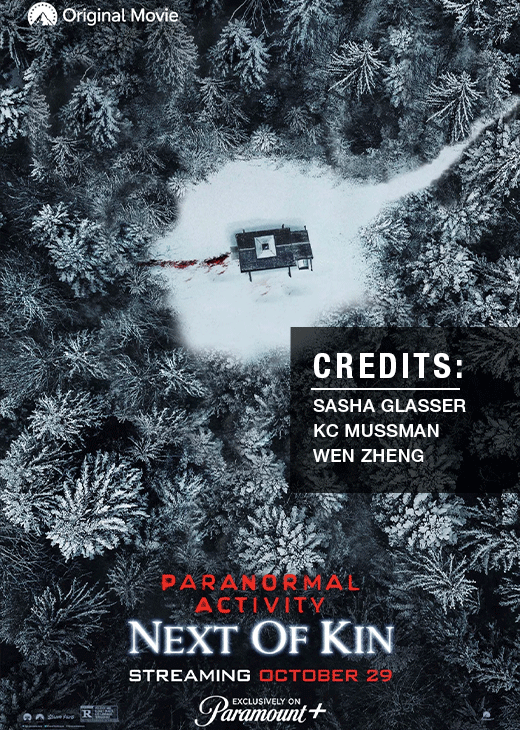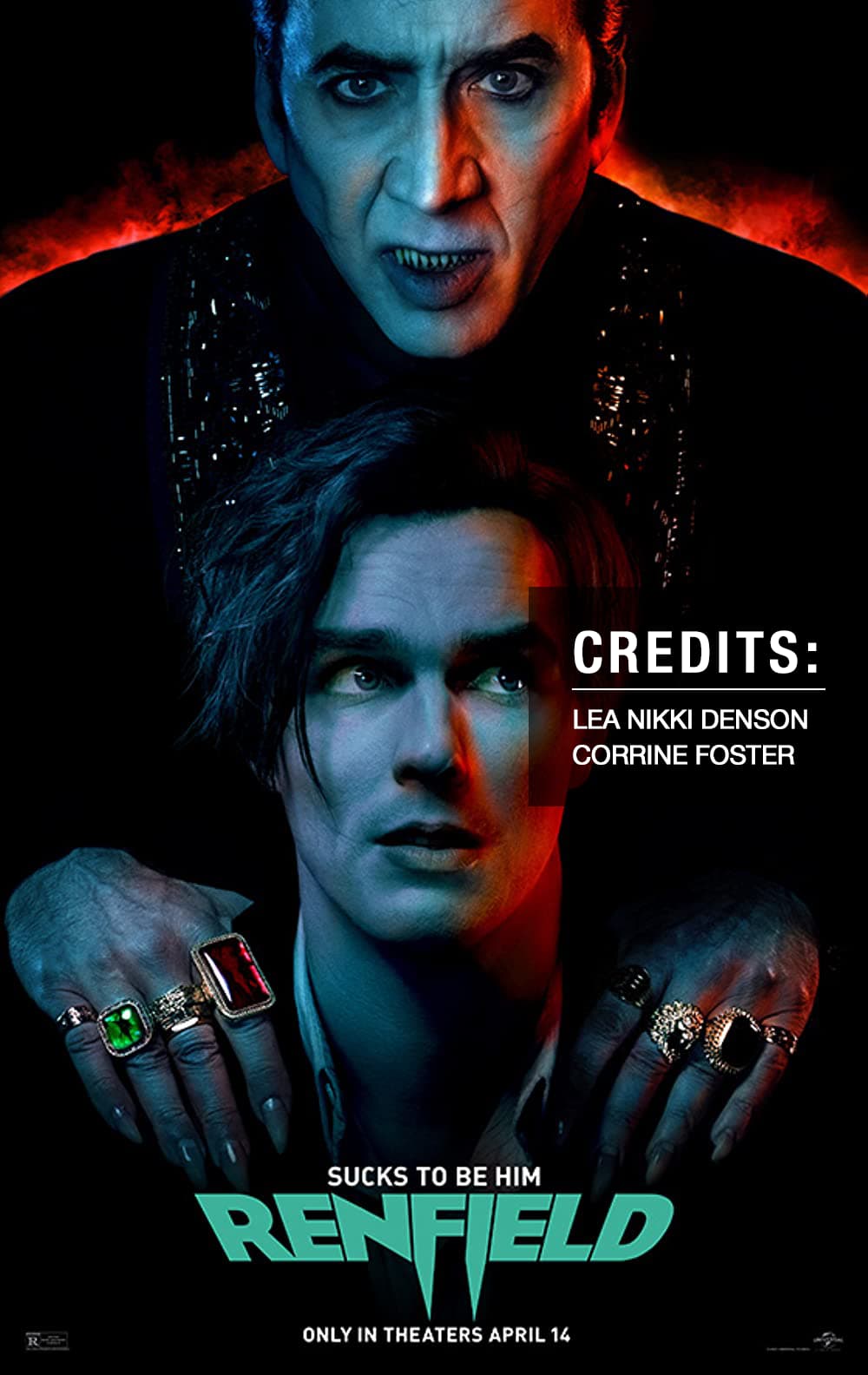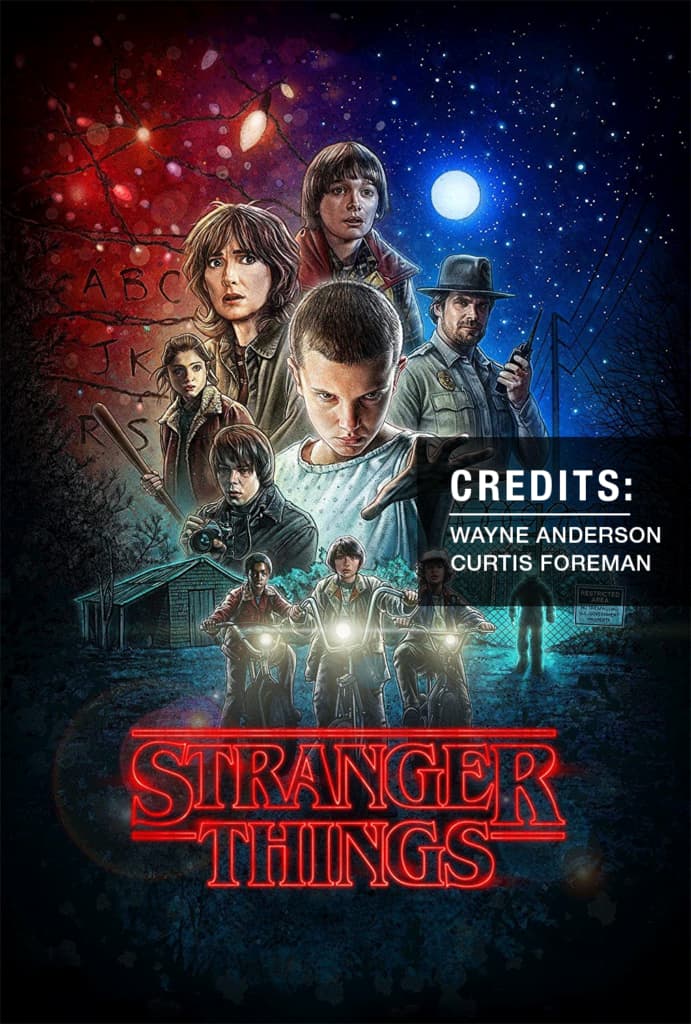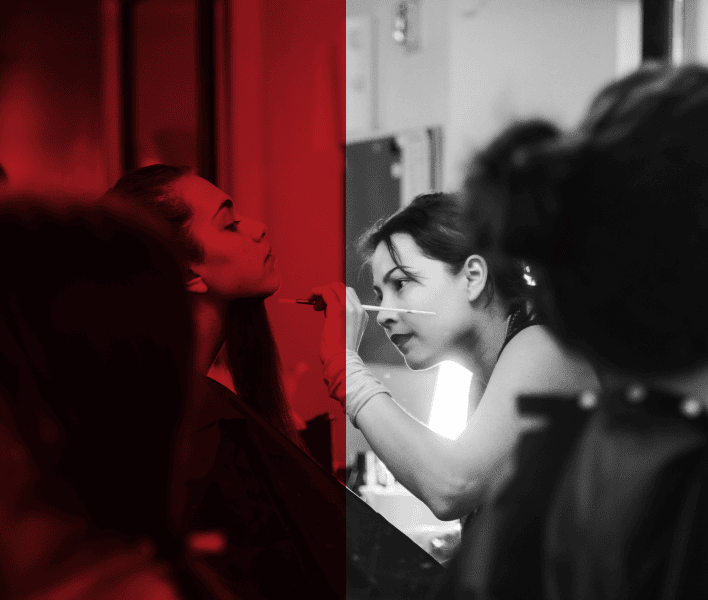When it comes to transforming an actor into a character of a different age, special effects makeup (SFX makeup) is the magic behind the scenes. Aging makeup isn’t just about adding wrinkles – it’s a meticulous process that brings old age to life.
Whether you’re working on a movie set, a TV show, or a theater production, understanding the essential SFX techniques for aging effects will give your characters a believable and realistic appearance.
In this blog, we’ll discuss these techniques, explain how they work and show you how to create stunning aging transformations.
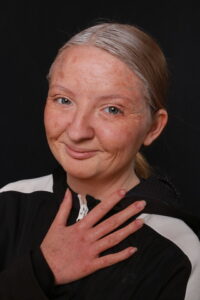
Aging Makeup: Must-Know Special Effects Techniques
1. Preparing the Canvas: Skin Care and Preparation
First, it’s important to start with a clean, moisturized base. Aging makeup often involves layering products on top of the skin, so it’s essential to hydrate and prep the skin. Apply a moisturizer to create a smooth surface for your makeup application. If the skin isn’t prepped correctly, the makeup may not adhere well, leading to an uneven finish.
Quick Tip: Use a primer designed for aging skin to create an ideal canvas. This ensures that the makeup lasts longer and stays fresh throughout the shoot.
2. The Power of Age Spots and Liver Spots
To take old age makeup to the next level, you can’t forget the power of age spots and liver spots. These give your character the authenticity of someone who’s lived a full life.
Use SFX makeup products like special effects pigments, face paints, or even powdered eyeshadows in darker shades to mimic the uneven pigmentation of age spots. Blend these carefully, focusing on the areas where aging spots most often appear, like the forehead, hands and cheeks.
Helpful Hint: Don’t overdo it. Adding a few small details in the right places can make your character look older, but it won’t look too fake or exaggerated.
3. Shading and Highlighting
Shading and highlighting are key to creating depth in aging makeup. As people age, their skin naturally loses volume and certain areas, like the cheeks, temples and under the eyes, sink in. To mimic this, you’ll need to use contouring techniques to create the illusion of hollowed-out areas. Use darker shades for shadowing and lighter shades for highlighting the high points of the face.
Insider Advice: Apply a lighter foundation or highlighter to the high points of the face to emphasize areas that still maintain prominence with age.
4. Eyes and Lips: The Telltale Signs of Age
Aging isn’t just about the skin. The eyes and lips tell a story, too. As we age, the skin around the eyes becomes looser and the lips lose volume. You can create this illusion with special effects makeup by lightly darkening the under-eye area to mimic shadows from drooping skin. Use a lip liner to enhance the natural shape of the lips and then apply lipstick in a more muted, less vibrant color to recreate the fading of lip color with age.
Expert Insight: Avoid making the lips too dark, as this can make the aging effect look overdone. A subtle color goes a long way.
5. Creating the Look of Thin, Frail Skin with Translucent Powders
As we age, skin becomes thinner and veins become more visible. To create this effect, you can use translucent powders to set your makeup, giving it a lighter, more delicate finish. For even more realism, apply a light wash of blue or greenish makeup around the temples and under the eyes to mimic the appearance of veins showing through thinning skin.
Pro-Level Advice: Use a fine, translucent setting powder to lock your aging makeup in place without making the skin look cakey or unnatural.
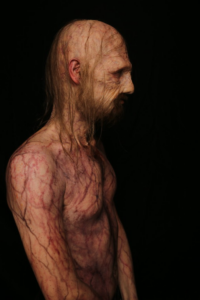
6. Hair Color and Texture: Don’t Forget the Grays!
While makeup can create the illusion of old skin, you can’t forget about the hair. No matter if you’re working with a wig or applying temporary color to natural hair, graying or thinning hair can dramatically change a character’s appearance. Use a mixture of white, gray and silver hair color sprays to add that silver sheen. For thinning hair, use a texturizing powder or even a special effects hair product designed to create the illusion of balding or receding hairlines.
Must-Know Technique: Use a root touch-up spray for an easy way to mimic gray hair along the hairline or temples.
7. Using Silicone Prosthetics for Aging Effects in SFX Makeup
Silicone prosthetics are a game-changer when it comes to aging makeup in special effects (SFX). Unlike latex, silicone is more flexible and breathable, making it ideal for creating realistic aging effects that move naturally with the skin. From wrinkled brows, crow’s feet to sagging jowls, silicone prosthetics can give a truly lifelike appearance.
Creative Development Tip: Always remember to use prosthetic adhesive designed for silicone when applying these pieces and be sure to blend the edges seamlessly into the skin to avoid visible lines.
Creative Suggestion: How to Create Realistic Wounds and Scars with Prosthetics?
8. Finishing Touches: Setting the Aging Makeup
Once you’ve applied all your aging techniques, it’s crucial to lock everything in place. Since special effects makeup often involves multiple layers and products, using a setting spray specifically formulated for SFX makeup will help keep your look intact all day.
Pro Tip: Always set your makeup with a fine mist of setting spray to prevent cracking or fading throughout the day.
To enhance your aging makeup skills, check out our YouTube tutorial on SFX and prosthetics – https://www.youtube.com/watch?v=pb98VG-QwNw
It’s a great way to explore advanced techniques that can elevate your aging effects.
Role of Aging Makeup in Different Genres: Horror, Fantasy and Drama
Aging makeup isn’t just about creating realistic portrayals of old age. It plays a crucial role in enhancing characters across different genres, adding depth and dimension to your storytelling. Here’s how old age makeup impacts various film genres:
Horror: Old-age makeup is used to transform characters into terrifying ancient creatures, monstrous elders, or other unsettling figures. In horror films, the aging effect can amplify a character’s sinister or eerie presence, making them more menacing.
- Example: Use exaggerated wrinkles, deep-set eyes and dramatic sagging skin to create a sense of fear or horror in a character.
Fantasy: In fantasy genres, aging can portray timeless characters like wizards, immortals, or ancient beings who have lived for centuries. The goal is to suggest wisdom and experience without transforming too harshly.
- Example: Apply subtle aging effects like crow’s feet, gray hair and gentle lines to portray the wisdom that comes with age in a fantastical setting.
Drama: In dramas, aging effects contribute to the realism of a character’s life journey. The subtle transformation showcases the passage of time and life experiences, making characters more relatable and believable.
- Example: Use natural aging techniques such as light wrinkles, slightly hollowed cheeks and subtle skin texture changes to convey the passage of time.
Pro Tip: Adjusting Aging Effects Based on Genre
- For Fantasy or Horror Films: Increase the intensity of aging features like deep wrinkles, exaggerated age spots and more noticeable sagging. This creates a more dramatic or supernatural appearance.
- For Dramas: Keep the aging effects subtle and natural. Focus on light shading around the eyes and cheeks to show age, but avoid exaggerating wrinkles or other signs of aging unless the character’s life has been particularly harsh.
Temporary Aging: How to Achieve Quick Aging Effects for Short Scenes?
If you need to create aging effects for a short scene or a fast transformation, here are some quick techniques:
- Use Latex or Silicone: Latex works well for fast, temporary wrinkles and sagging effects, but silicone is a better choice for more realistic and flexible results that last longer.
- Apply with a Brush: Use a brush to apply latex or silicone directly to the skin, layering it to create wrinkles, age spots and thinning skin.
- Add Texture for Realism: Layer the material to create more pronounced lines or skin changes, achieving a natural aging effect quickly for brief scenes.
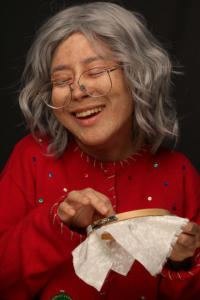
Transform Your Passion into Profession at Cinema Makeup School
Are you prepared to transform your SFX makeup skills and push your creativity further? At Cinema Makeup School, backed by Cinema Art College Corporation, you’ll learn from top industry professionals, gain hands-on experience and master the techniques that will set you apart in the SFX makeup industry.
Why Us?
- Expert instructors with real-world experience in top films and TV.
- Hands-on training with professional-grade tools and materials.
- Build an impressive portfolio showcasing your best work, giving you the edge in auditions and job opportunities.
- Financial assistance is available to help make your education more affordable.
So, what are you waiting for? Grab your brushes and tools, because you’re about to dive into the art of special effects makeup – where transformation happens, one detail at a time!
Related Articles –
How Cinema Makeup School’s Bootcamps and Workshops Empower You to Master SFX Makeup?
How to Avoid Common SFX Makeup Mistakes?
SFX vs Prosthetic Makeup: What is the Difference?
Incorporating special effects techniques to create aging makeup is a powerful way to bring realism and depth to your characters. Embrace the artistry of old age makeup and let your creativity shine through every detail!
